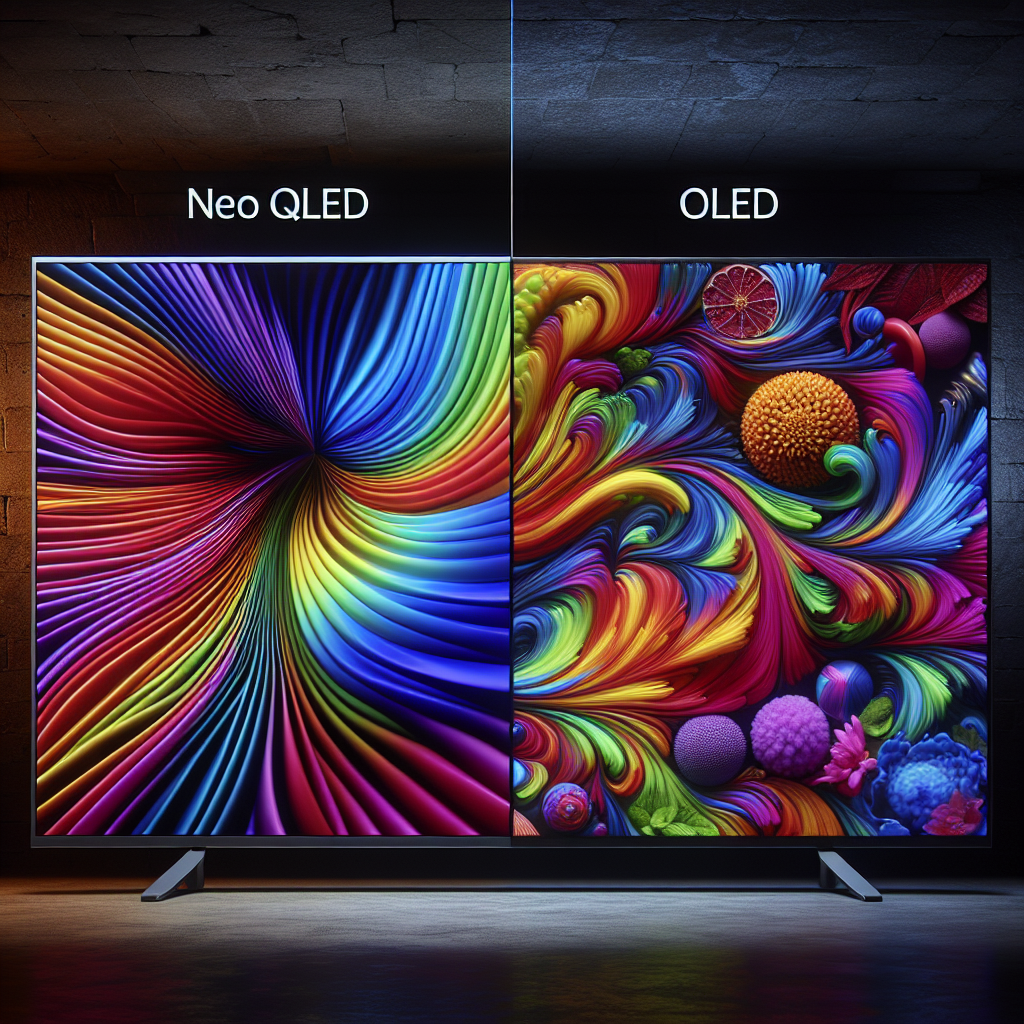Top Tech Insights: NEO QLED vs OLED TV Technology Comparison

Introduction to Display Technologies
As technology continues to advance at a rapid pace, the television sector remains a key area where innovation is both visible and impactful. Two of the most prominent contenders in the current market are NEO QLED and OLED display technologies. These advancements not only redefine viewing experiences but also offer unique benefits catering to diverse user needs.
Understanding NEO QLED Technology
NEO QLED, an evolution in the QLED space, stands for 'Quantum Dot Light Emitting Diode'. It integrates quantum dot technology with mini-LEDs to deliver sharper and more vibrant images. The use of mini-LED backlighting in NEO QLED televisions significantly enhances contrast and brightness control, leading to brighter pictures with more precise scene rendering. This technology is particularly advantageous for well-lit environments where maintaining image quality at high brightness levels is crucial.
Exploring OLED Technology
OLED, or 'Organic Light Emitting Diodes', represent a fundamentally different approach where each pixel emits its own light. This pixel-level precision allows OLED screens to achieve true blacks, higher contrast ratios, and wider viewing angles. They do not require backlighting, which enables even thinner displays and more flexible design potentials. This technology is ideal for environments where viewers prefer deeper blacks and less reflection.
Comparative Analysis
When comparing NEO QLED and OLED technologies, each offers specific advantages that cater to varying preferences and viewing environments. NEO QLED excels in delivering bright, colorful images and is particularly well-suited for rooms with plenty of light. Meanwhile, OLED is known for its perfect contrast levels and is preferred when accurate color rendering and viewing angles are prioritized.
Applications and Implications
Notably, both technologies are driving forces in not just home entertainment systems but also in fields like gaming and professional visual media. The implications for end-users involve enhanced media consumption experiences, from watching the latest 4K content to immersive gaming sessions. As these technologies become more prevalent, they set new standards for picture quality and viewing experiences.
The Future of TV Technology
Looking ahead, both NEO QLED and OLED technologies are expected to continue evolving. The emphasis will likely be on further enhancing energy efficiency, increasing screen sizes without compromising quality, and integrating more smart features to align with IoT developments. This ongoing innovation is poised to reshape how consumers interact with media in everyday life.



Comments ()